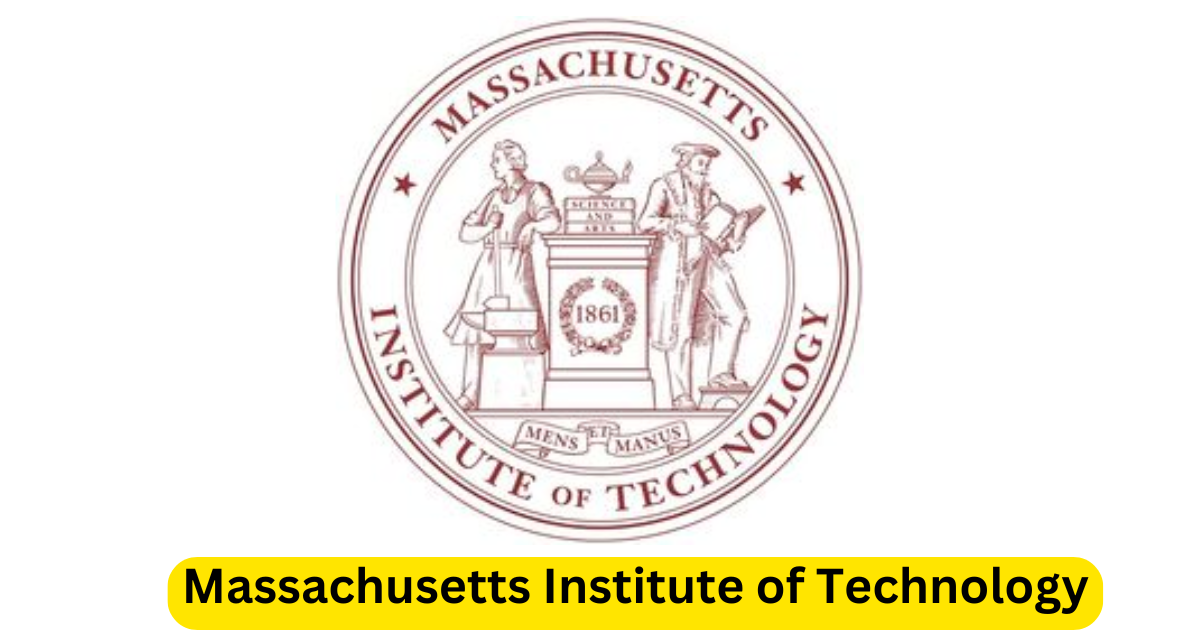Massachusetts Institute of Technology: A Hub of Innovation and Excellence
The Massachusetts Institute of Technology (MIT) is a globally renowned institution celebrated for its rigorous academic programs, pioneering research, and influential alumni. Established in 1861, MIT has played a pivotal role in advancing technology, science, and engineering. This article provides an in-depth look at MIT’s history, academic programs, notable alumni, and its impact on global innovation and education.
A Brief History of MIT
Founded in response to the increasing industrialization of the United States, MIT’s mission has always been to advance knowledge and educate students in science, technology, and other areas of scholarship that will best serve the nation and the world. Located in Cambridge, Massachusetts, MIT has become a premier center for research and education.
Key Milestones in MIT’s History
- 1861: MIT is founded by William Barton Rogers, a natural scientist, with a vision of an independent institution combining teaching and research.
- 1916: MIT moves from Boston to its current location in Cambridge.
- 1940s-1950s: MIT becomes a key player in World War II and the Cold War, contributing to advancements in radar, computing, and other technologies.
- 2004: The MIT OpenCourseWare project is launched, providing free lecture notes, exams, and videos from MIT courses to anyone in the world.
Academic Excellence
MIT is known for its rigorous and cutting-edge academic programs, attracting students from all over the globe who are passionate about science, technology, engineering, and mathematics (STEM).
Undergraduate Education
MIT’s undergraduate program is designed to provide a solid foundation in the sciences and engineering while encouraging innovation and entrepreneurship. Key features include:
- General Institute Requirements (GIRs): A core curriculum that ensures all students gain a broad understanding of key scientific principles.
- Research Opportunities: Programs like the Undergraduate Research Opportunities Program (UROP) allow students to work alongside faculty on groundbreaking research projects.
- Interdisciplinary Approach: MIT encourages students to engage in interdisciplinary studies, combining engineering with fields like biology, economics, and political science.
Graduate and Professional Education
MIT’s graduate programs are equally prestigious, offering advanced degrees across a wide range of disciplines. Notable schools and departments include:
- School of Engineering: The largest at MIT, offering programs in areas such as electrical engineering, computer science, mechanical engineering, and civil engineering.
- MIT Sloan School of Management: Known for its MBA program and research in business, economics, and management science.
- School of Architecture and Planning: Offering programs that integrate technology and urban planning to address global challenges.
Research and Innovation
MIT is a powerhouse of research and innovation, with a commitment to solving the world’s most pressing problems. The university’s numerous research centers and laboratories drive advancements in various fields. Key research areas include:
- Artificial Intelligence and Robotics: MIT’s Computer Science and Artificial Intelligence Laboratory (CSAIL) is at the forefront of AI and robotics research.
- Biotechnology and Biomedical Engineering: Innovations in healthcare, genetics, and medical devices are spearheaded by MIT’s Department of Biological Engineering.
- Energy and Sustainability: The MIT Energy Initiative (MITEI) focuses on developing sustainable energy solutions to combat climate change.
Notable Alumni
MIT has produced a remarkable array of alumni who have made significant contributions to society across various fields. Some of the most distinguished include:
- Kofi Annan: Former Secretary-General of the United Nations and Nobel Peace Prize laureate.
- Buzz Aldrin: Apollo 11 astronaut and the second person to walk on the moon.
- Irene Greif: Pioneer in computer science and the first woman to earn a Ph.D. in computer science from MIT.
Global Impact and Influence
MIT’s influence extends far beyond its Cambridge campus, impacting global education, policy, and innovation through its collaborative efforts and outreach programs.
Collaborations and Partnerships
MIT collaborates with institutions worldwide to address global challenges and promote academic exchange. These partnerships include joint research initiatives, exchange programs, and international conferences.
Public Service and Outreach
MIT is deeply committed to public service and community engagement. The university’s various outreach programs and initiatives aim to make a positive impact on society. Notable examples include:
- MIT OpenCourseWare (OCW): Providing free access to MIT course materials to anyone, anywhere, supporting global education.
- MIT D-Lab: Focusing on developing and disseminating technologies that improve the lives of people living in poverty.
Admission Process and Requirements
Gaining admission to MIT is highly competitive, with an acceptance rate typically below 7%. Prospective students must demonstrate exceptional academic achievements, strong extracurricular involvement, and a compelling personal narrative.
Key Admission Requirements
- High School Transcript: Demonstrating academic excellence in a rigorous course load.
- Standardized Test Scores: SAT or ACT scores are considered, though MIT has adopted a test-optional policy for recent admissions cycles.
- Extracurricular Activities: Involvement in leadership roles, community service, and other significant activities.
- Personal Essays: Providing insight into the applicant’s personality, values, and aspirations.
- Letters of Recommendation: Offering valuable perspectives from teachers, counselors, or mentors.
Conclusion
The Massachusetts Institute of Technology stands as a beacon of innovation, excellence, and leadership in education and research. Its rich history, distinguished academic programs, and influential alumni make it a cornerstone of global advancement in science and technology. As MIT continues to evolve, its commitment to solving the world’s most pressing challenges through education and research remains unwavering.
